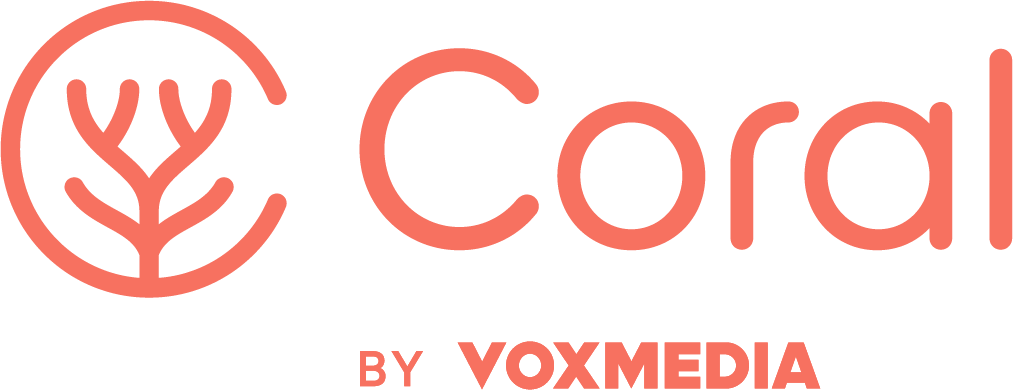By Sam Ford
Why do so many people distrust “the media?” The main reason I’ve heard, especially from members of vulnerable communities, is that journalists will only reach out when they’re working on or promoting a story. After that, they disappear.
This isn’t a surprise – the practicalities and pressures of reporting make this almost a prerequisite of the job. But as news teams cover a range of issues and communities, and frequently come to rely on good community relationships in order to sustain themselves, how can you maintain an ongoing dialog while still managing the rest of your work?
Here is a three-step process to keep connections active, and show that your interest in people’s lives is ongoing and not dependent on tragedy. This can be carried out by a single journalist, divided up among a team, or could be project managed by one person across a section of the newsroom:
1. Schedule Follow-Up Check-ins in Your Calendar
When a story you’ve worked on publishes/airs, set a calendar reminder for four months from that day (or a regular duration of your choosing). When your reminder shows up, return to your community sources for the story. A lot of journalism tends to be published when a new public initiative is launched, and not nearly enough stories appear about what those initiatives have achieved (or not) four or eight months later.
Have you checked back in on the issue any in the months that have passed? If you did write a follow up, are there people and perspectives to whom you haven’t yet returned? Either way, as appropriate, schedule another check-in for a few months later, and keep asking how things are going.
2. Be Organized about Building Relationships with Community Sources
Making an initiative like this work is only realistic if you can do it quickly and efficiently. After all, these calendar reminders will pop up while you’re already deep into one, if not multiple, other stories – and if you have to spend half a day trying to find the number or email address of key sources from an old story, these follow-ups won’t be sustainable. To make this easy, make sure you maintain a system for keeping track of your sources’ contact info.
Also, make these check-ins not about you. Be clear when you reach out that you’re not just trying to find a new story (though one may emerge). Tell people that you want to maintain a conversation even when there isn’t something immediately “in it” for you, because you want to hear about the issues they are facing day to day. (Try using Annemarie Dooling’s tips for effective listening.) This is about dialog. Stories will emerge from your connections if you are able to listen carefully and don’t treat every conversation as directly transactional. Keep your contacts live.
3. Expand Your Contacts After Publication
After each story is published, make note of any particularly enlightening responses in the comments or on social media, and ideally, reply to them. If you engage in a productive conversation with someone about the topic, add these people to your database of sources, and write a note about them in your check-in calendar reminders related that story.
You might just want to check in with those who care about the story, as well as those directly quoted in it, to get their perspective on any developments around the issue.
Sam Ford is a consultant, research affiliate with MIT Comparative Media Studies/Writing, and instructor in the Western Kentucky University Popular Culture Studies Program. He was formerly VP of Innovation and Engagement at Fusion. You can find him on Twitter @Sam_Ford and learn more about his work on his website.


![[IMAGE] A photo of dozens of padlocks all attached to a fence. Many have hearts and other demonstrations of commitment drawn onto them.](https://guides.coralproject.net/wp-content/uploads/2017/07/padlocks-completed-castles-love-56877.jpg?w=1500&h=500&crop=1)